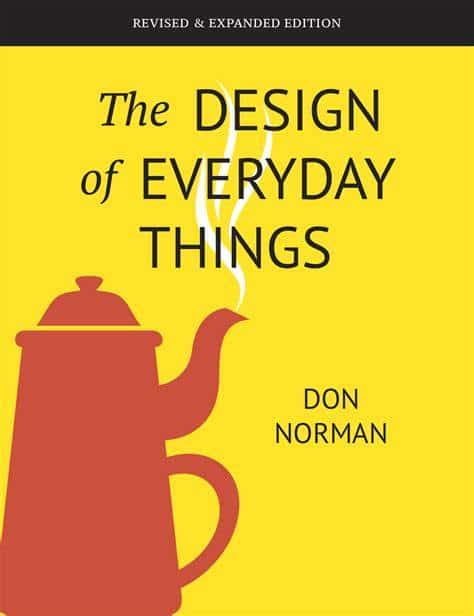In the digital world, there are a lot of ways that companies try to lock you in. They may give you a pop-up when you try to leave a site to entice you to stay. They may offer a discount if you try to unsubscribe from their mailing list. They might create an unnecessarily long contract to literally keep you locked into their service.
Lock-ins are generally a bad thing, but at times we can use them to our advantage. In his book “The Design of Everyday Things“, author Don Norman shares a favorite lock-in feature:
A lock-in keeps an operation active, preventing someone from prematurely stopping it. Standard lock-ins exist on many computer applications, where any attempt to exit the application without saving work is prevented by a message prompt asking whether that is what is really wanted. These are so effective that I use them deliberately as my standard way of exiting. Rather than saving a file and then exiting the program, I simply exit, knowing that I will be given a simple way to save my work. What was once created as an error message has become an efficient shortcut.
I think many of us have used that lock-in to our advantage in the past. For me, it’s kind of weird not seeing it in many web applications now. If you go to close a Google Doc, you won’t be warned — it just closes. The reason, of course, is that it’s constantly saving your work so there is no need for it.
Another surprising one was when we switched our video chat service from Zoom to Google Meet. In Zoom, you are prompted with an “are you sure?” when you try to leave. Google Meet, on the other hand, just lets you go. That’s not a bad thing, really, but it still catches me a little off guard after having been in many hundreds of Zoom calls over the years.
A surprising non-digital lock-in that my wife and I still laugh about today is the gate we had on our youngest daughter’s door when she was little. When she was done napping she’d toddle over to the gate and call for us, and we’d get her. At some point we decided she was old enough to go without a gate so we took it down. Her response? A tearful “I miss my gate!”.
Lock-ins can be a bad thing in many cases, but they can also be used for good. It’s interesting to try to notice them in the world around you and see what if the the gate is a selfish tool for the product owner (a pop-up when you try to leave the site), or a benefit to the user (“do you want to save your work?”) instead.




